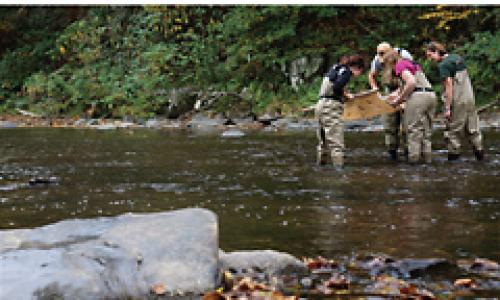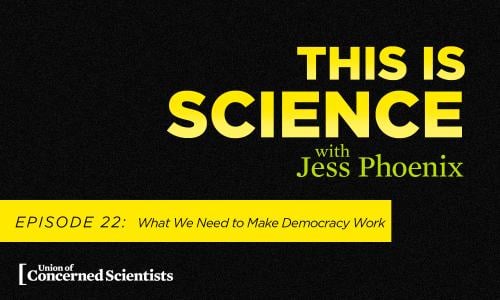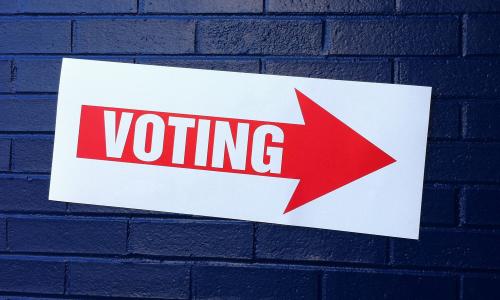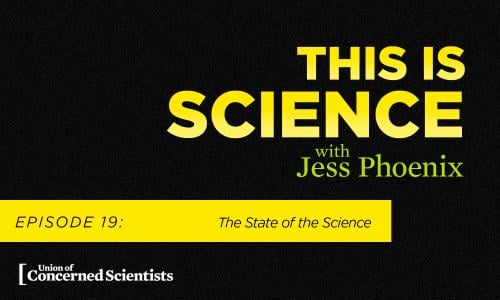The American Chemistry Council worked for decades to downplay formaldehyde risks and to delay and obstruct standards proposed by the EPA.
Formaldehyde is a colorless, flammable chemical widely used in building materials, medicinal and personal care products, and furnishings. Fumes from these products can be harmful to human health, especially when they accumulate indoors at high concentrations. Acute exposure can lead to nausea, headaches, eye, nose, throat and skin irritation, and even asthma exacerbation. Chronic exposure has been linked to cancers of the nose and throat, lymphomas, and leukemia. In 2004, the International Agency for Research on Cancer concluded that formaldehyde is a human carcinogen, and the US Department of Health and Human Services listed it is as a known human carcinogen in 2011.
Health impacts of formaldehyde have been understood since the 1980s. Yet more than thirty years later, no federal restrictions have been issued on formaldehyde emissions in the home—in part because the American Chemistry Council (ACC), the trade organization representing chemical companies, has worked to downplay formaldehyde risks and to delay and otherwise thwart the formaldehyde emissions rule proposed by the EPA.
Without standards in place, public health is at risk. Back in 2005, the cheaply constructed emergency trailers that housed Hurricane Katrina refugees were found to have unsafe levels of formaldehyde, earning them the “toxic trailers” nickname. Inhabitants already dealing with displacement in the midst of an environmental disaster suffered from respiratory problems, burning eyes, and other ailments. With no controls on formaldehyde emissions, these trailers have been resold; some were even used as temporary housing for workers cleaning up the BP oil spill in the gulf in 2010. Wood products used to build and remodel homes across the country can still contain formaldehyde at potentially unsafe levels.
The ACC worked to spread misinformation about formaldehyde as a new standard for the chemical was being developed. It created a website that touts the environmental benefits of formaldehyde, casts doubt on studies linking exposure to a range of ailments, and assures consumers that voluntary industry standards are strong enough to protect them. The ACC also persuaded Congress to commission the National Academy of Sciences to reevaluate EPA science on formaldehyde, resulting in a delay lasting three years and reaching the same conclusion as before: that formaldehyde should be listed as “known to be a human carcinogen.”
The ACC even got involved with White House-level review. In 2012, the White House Office of Management and Budget meeting record shows that it had at least five meetings with industry executives, their lobbyists, and ACC-financed lawmakers (like Louisiana Senator David Vitter), all asking The White House Office of Management and Budget (OMB) to halt the EPA proposal. This apparently worked: after OMB review, the EPA deleted from its cost-benefit analysis the benefits of reduced health ailments like asthma and fertility issues that a formaldehyde standard would have prevented, dropping the benefits from $278 million to $48 million annually.
The formaldehyde emissions rule was issued by the EPA in December 2016, and the ACC has continued to deny the science used by the EPA and to lobby the EPA and Congress on the issue. In just the first quarter of 2017, the ACC spent nearly $1.5 million lobbying agencies and Congress on a host of issues including formaldehyde and hexavalent chromium. Their efforts were at least partly successful, as the EPA announced in May 2017 that it would be delaying compliance dates for the long-awaited formaldehyde emission standards.
In May 2017, a study was issued that was funded by the Foundation for Chemistry Research and Initiatives (FCRI), a nonprofit organization established and funded by the ACC. According to its financial filings, FCRI works to “address uncertainties and answer questions on health and environmental issues,” taking on projects that “will furnish crucial information, peer-reviewed scientific research, expert panels, and workshops” to inform policy. In 2014, FCRI gave $425,114 to Environ International Corporation (now Ramboll Environ) and other consulting firms and research institutions to reevaluate formaldehyde data. Called a “hired gun” by former OSHA administrator David Michaels, Environ has been commissioned by companies such as tobacco firm R.J. Reynolds and the Industrial Health Foundation (a former trade organization for industrial facilities), to conduct studies downplaying the risks of menthol cigarettes and hexavalent chromium.
These FCRI-issued grants led to several studies that helped to sow uncertainty about the risk of myeloid leukemia due to long-term exposure to formaldehyde. The ACC has used these studies to urge the EPA not to characterize formaldehyde as linked to leukemia development.
Further Reading
- American Chemistry Council: Obstructing Formaldehyde Safeguards Then and Now
- FEMA Exposes Gulf Coast Residents to Formaldehyde
- Signed, Sealed, Delayed? The New Fate of the Added Sugar Rule and Other Safeguards
- Bad Chemistry: How the Chemical Industry's Trade Council Undermines the Policies That Protect Us (2015)




